The Xiaomi Mi Note Pro and Mi Note Review
by Joshua Ho on September 11, 2015 9:00 AM ESTFinal Words
As our first Xiaomi phone ever to be reviewed, there are a lot of thoughts to be had on this phone, more than a usual review. However, in order to discuss them we need to start by talking about what we’ve learned throughout the testing process.
Probably the best place to start is design. Xiaomi is clearly capable of creating a phone that is well designed, and it shows with the Mi Note line. The Mi Note looks incredibly well-designed for a smartphone. The front of the phone is minimal, and relatively uncluttered. The side bezels are thin, and there isn’t a lot of unnecessary flair other than a window for the light and proximity sensor, the earpiece, and front-facing camera. There is the Mi logo that clutters the front of the phone, but it’s otherwise clean. The glass is slightly curved at the edges to make it so that edge swipes feel smooth instead of a sudden edge as well, which is surprisingly rare in some phones. The use of a curved glass back cover is also awesome and Xiaomi is actually the first OEM to do this to my knowledge. It’s definitely slippery, but the in-hand feel is really much better than the traditional angular glass phones like the Xperia Z line. The fact that Samsung is following here by doing the same for the Note 5 probably says something about just how far Xiaomi has come since their first smartphone.
The next aspect worth discussing is battery life. Here, Xiaomi is right around par for the course, but the Mi Note Pro is notably worse than the Mi Note here. I haven’t personally done detailed power analysis of the Snapdragon 810, but given that the Mi Note and Mi Note Pro effectively are identical outside of SoC and RAM this is effectively definitive proof that power efficiency regresses on Snapdragon 810 relative to Snapdragon 801. It’s unfortunate too, as relatively small battery in the Mi Note means that the Mi Note Pro ends up falling below the average for phablet battery life in our testing. The Mi Note Pro is still average for a smartphone, but it isn’t as good as we’d like it to be. Overall, the Mi Note is okay here, but the Mi Note Pro ends up a bit lower than we’d like purely on the basis of SoC choice.
In display, I don’t have much to say because both displays are great. The Mi Note has acceptable color calibration, good contrast, high maximum brightness, and acceptable resolution. The Mi Note Pro has incredible color calibration, good contrast, reasonable maximum brightness, and high resolution. The only problem I can really say is apparent is that the Mi Note Pro has an obvious ITO/touch screen grid that needs to be hidden to really have a clear display, and both could have some improvement in viewing angles to really get the painted-on-glass effect. Of course, the only phones that really have this effect are few and far between so it isn’t worth crucifying Xiaomi for this.
In system performance, the Mi Note and Mi Note Pro are both solid performers. With the use of updated drivers, the Mi Note Pro actually starts to approach the Galaxy S6 in GPU performance. The Snapdragon 810 SoC does offer real benefits to performance over the Snapdragon 801, and it seems that Xiaomi has managed to keep the Snapdragon 810 from getting the phone excessively hot through some major engineering effort in thermal dissipation. The Mi Note is also capable of performing well at almost any task given to it, but the excessively conservative governor hurts performance in a lot of situations. The continued use of Android 4.4 as a base also means that real-world app performance isn’t as good as it would be on Lollipop due to the use of Dalvik instead of an optimized ART. NAND performance for both is also decent and comparable to some flagships, but not record-setting.
MIUI will probably be the most controversial aspect of this phone, but for a complete rethink of Android UI design it’s really quite good. I would easily argue that MIUI is the best Android skin of its kind, by far. The UI is definitely well-designed, with great apps and features for a good out of the box experience. It isn’t perfect though, with some clear iOS inspiration at times and some odd design choices at others. However, I found the UI to be perfectly usable with great features like a built-in permissions manager, autorun management functionality, and fine-grained display controls. There’s a surprising amount of attention to detail that you wouldn’t expect from a phone that costs less than most flagships, and the whole UI runs smoothly with few frame drops even on Android 4.4 for the Mi Note. For areas like China where MIUI is well-established, visual voice tree navigation is actually an incredibly smart feature and deals with a UX problem that I never really thought about before, which is that automated voice tree navigation systems are terrible on a smartphone when you have to constantly take the phone away from your ear to press a number before putting it back to your ear.
The camera isn’t necessarily mind-blowing, but Xiaomi has done a respectable job here. For the most part, Xiaomi isn’t too far off from Android flagships in camera performance, and with some tweaks to their post-processing they could easily end up competing with the best cameras available in Android and iOS smartphones. The video performance isn’t amazing either, but in some cases Xiaomi actually does things even better than the Galaxy S6. 1080p30 performance could definitely be better and stabilization in general could be improved, but other than I don’t have too much to complain about other than the curious absence of 1080p60. The iPhone 6 is still better at slow motion video than pretty much every other phone out there, but the Mi Note isn’t far off from the iPhone at 120 FPS.
Other than the standard aspects of smartphone testing, it’s well worth noting that the Mi Note line is incredibly good for GPS location and the speaker is mind-blowingly loud. Although the speaker is just a single downward firing one mounted next to the USB port, it’s loud enough on both phones to actually be uncomfortable at max volume. I regularly have to keep the Mi Note and Mi Note Pro at half volume when watching videos because of how loud they can get. WiFi performance is also resonable.
I normally don’t really talk about value of a smartphone, but that’s because to me the most important part first is that the smartphone is good, regardless of price. Obviously, there are no bad phones, just bad prices. However, to me I feel that a good phone will feel that way regardless of price, although obviously if it’s far too expensive then it wouldn’t be a good recommendation. The Xiaomi Mi Note and Mi Note Pro are both great phones that I can directly compare to other flagship smartphones today regardless of price.
There are phones on sale today for 500-800 US dollars that are arguably worse than these two phablets, but these phablets cost hundreds of dollars less. OnePlus talks about how they intend on killing high-end flagship phones, but it seems Xiaomi is the OEM that is actually doing this. With the OnePlus One, I felt like there were a number of areas that lacked in polish and attention to detail, but given the great pricing these problems could be overlooked.
But with the Xiaomi Mi Note, I feel like there is great attention to detail and polish and with great pricing. My experiences with the Mi Note line has also made it clear to me that Xiaomi is not the Apple copycat like most people seem to believe. However, Xiaomi’s attention to detail is definitely Apple-like.
Given the pricing and quality on offer, I’m starting to understand why so many OEMs struggle to compete with Xiaomi. If I were an Android OEM, I’d be genuinely terrified of Xiaomi making inroads in Europe and North America. As a consumer, I am waiting to see them launch a phone in the US.


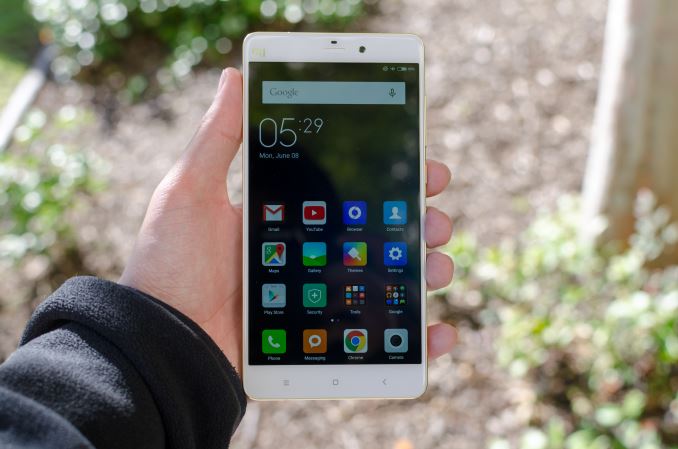
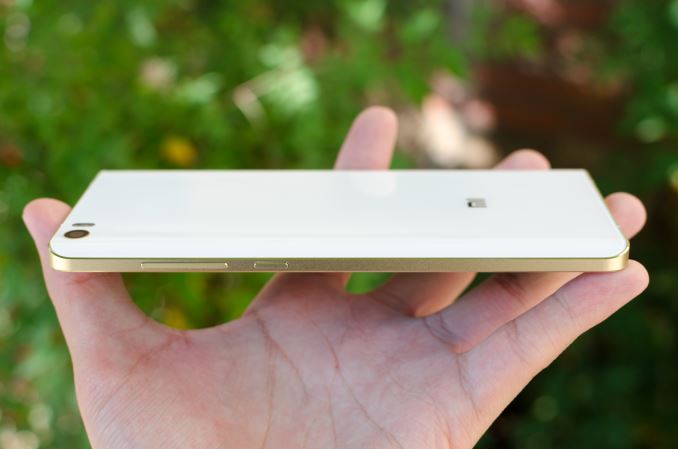
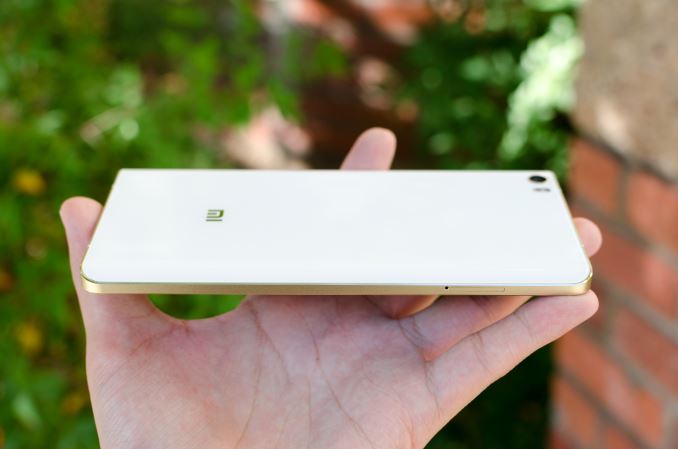
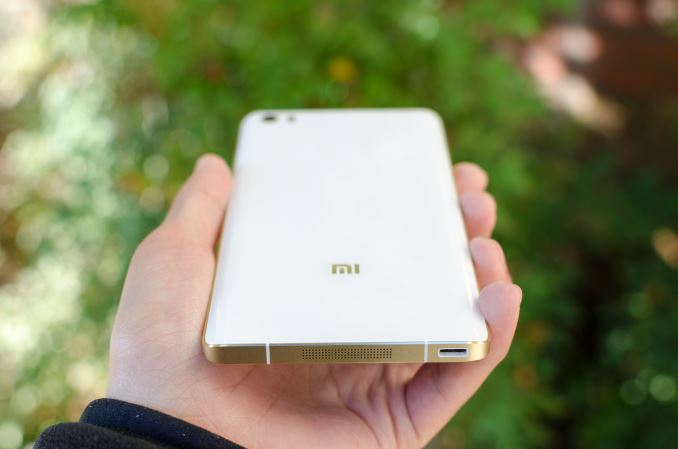
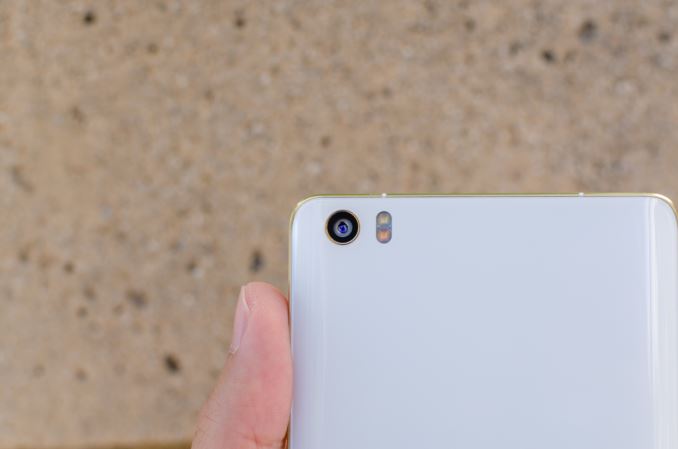
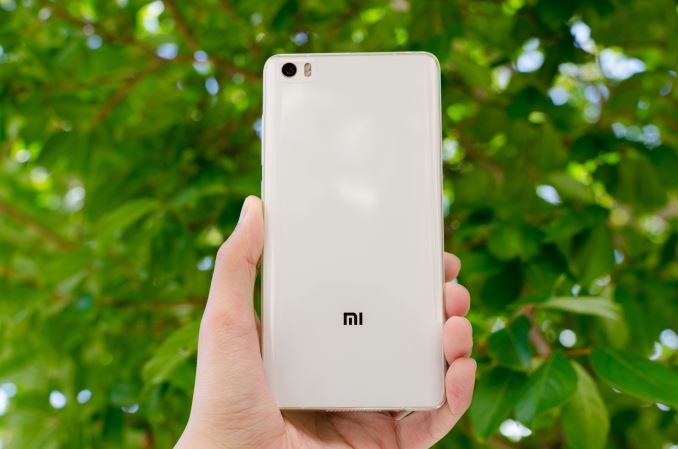








94 Comments
View All Comments
CrazyBernie - Wednesday, September 16, 2015 - link
Sorry about the late arrival... but perhaps someone could create a region primer article/chart that could then be linked in each phone review? Doesn't really matter to me, since anything international means "Not on Verizon." I do still like reading about new phones though... I've been thinking about branching out from Verizon for a secondary, work related phone.leexgx - Friday, September 25, 2015 - link
i happy that your looking at giving more detailkey parts are is it USA (maybe even Verizon's CDMA network phones are rarer outside the USA), EU or HK/China/Asia phones
as most HK/China/Asia phones Lack band 20 on 4G and lack 3g900 so are useless on vodafone and O2 in the UK and for 4G most parts of the EU and the USA , where as USA phones norm lack 4G compatibility at all in the EU due to odd bands used (i assume by mobile operators to make sure you can only buy a USA phone)
please also list supported 3g/4G bands and their frequencies, in the EU its needs to support Band 20 (800), 3 (1800), band 7 (2600)
in the USA unknown to me (uk me) as seems to be a miss match of bands that are used and thats just for AT&T and T-mobile (for CDMA phone i probably would only buy a subsidized phone if i was on Verizon)
but 4G is a mess (something like 20-30+ 4g bands) compared to 3G and 4G as most EU phones support most networks in the world (quadband phones) even AT&T or t-mobile real 3G network (not fake 4g dc-hspa+ which is 3G)
Archipelago - Saturday, September 12, 2015 - link
You think the only people who read Anandtech are in the U.S.?user_5447 - Friday, September 11, 2015 - link
Wow, OnePlus Two display results look really bad. Plus battery life regressions (S810?).Full review coming soon?
Ian Cutress - Friday, September 11, 2015 - link
Ah, my bad. I was supposed to those data points out and leave them for the its own review. We're doing some analysis on the OPT results and will update in time.darkchazz - Friday, September 11, 2015 - link
They might as well redo the OnePlus One display measurements, because cyanogen has removed François Simond's excellent calibration with an update long ago.It has a very bluish white point now.
smartthanyou - Friday, September 11, 2015 - link
Android 4.4 and 5.0? I think that says all that needs to be said about updates and support.anonymousmonkey54 - Saturday, November 14, 2015 - link
Actually, XiaoMi has been VERY good with updates. They update biweekly IIRC. Since MIUI is a complete overhaul of Android (even more than TouchWiz), they can't jump to the latest version of Android as quickly. They also support MIUI on a variety of phones other than their own, and that takes some of their efforts.i4mt3hwin - Friday, September 11, 2015 - link
Hmm, one plus two on all the chartsBMNify - Friday, September 11, 2015 - link
Thanks for the review Josh, will like to see you review other Xiaomi phones which are incredible value for money like Redmi 2 ($90) and Mi 4 ( $220). These phones are available officially at almost similar pricing in the largest smartphones markets that is China, India, Brazil, Taiwan, Singapore, Malaysia and Philippines.